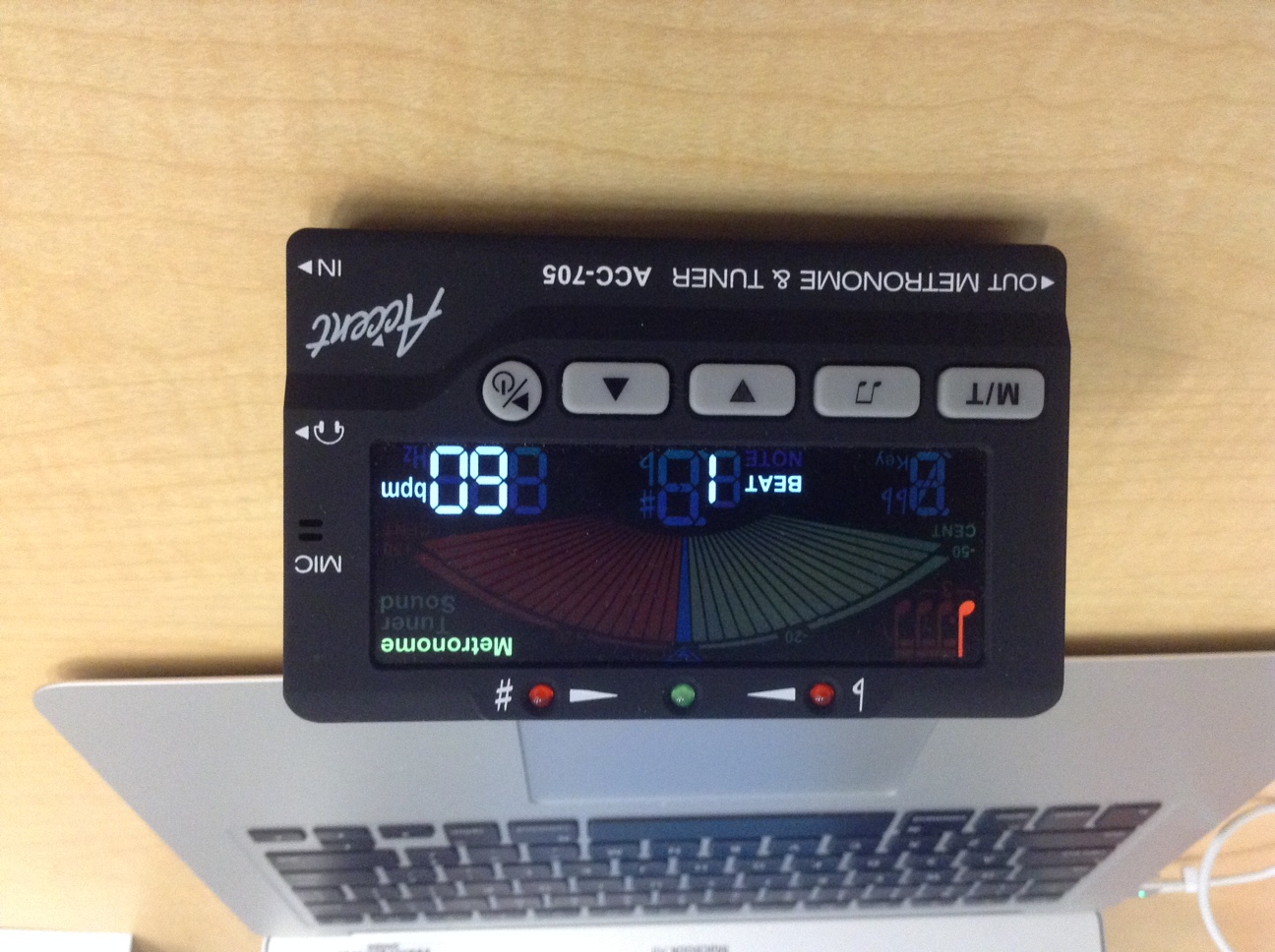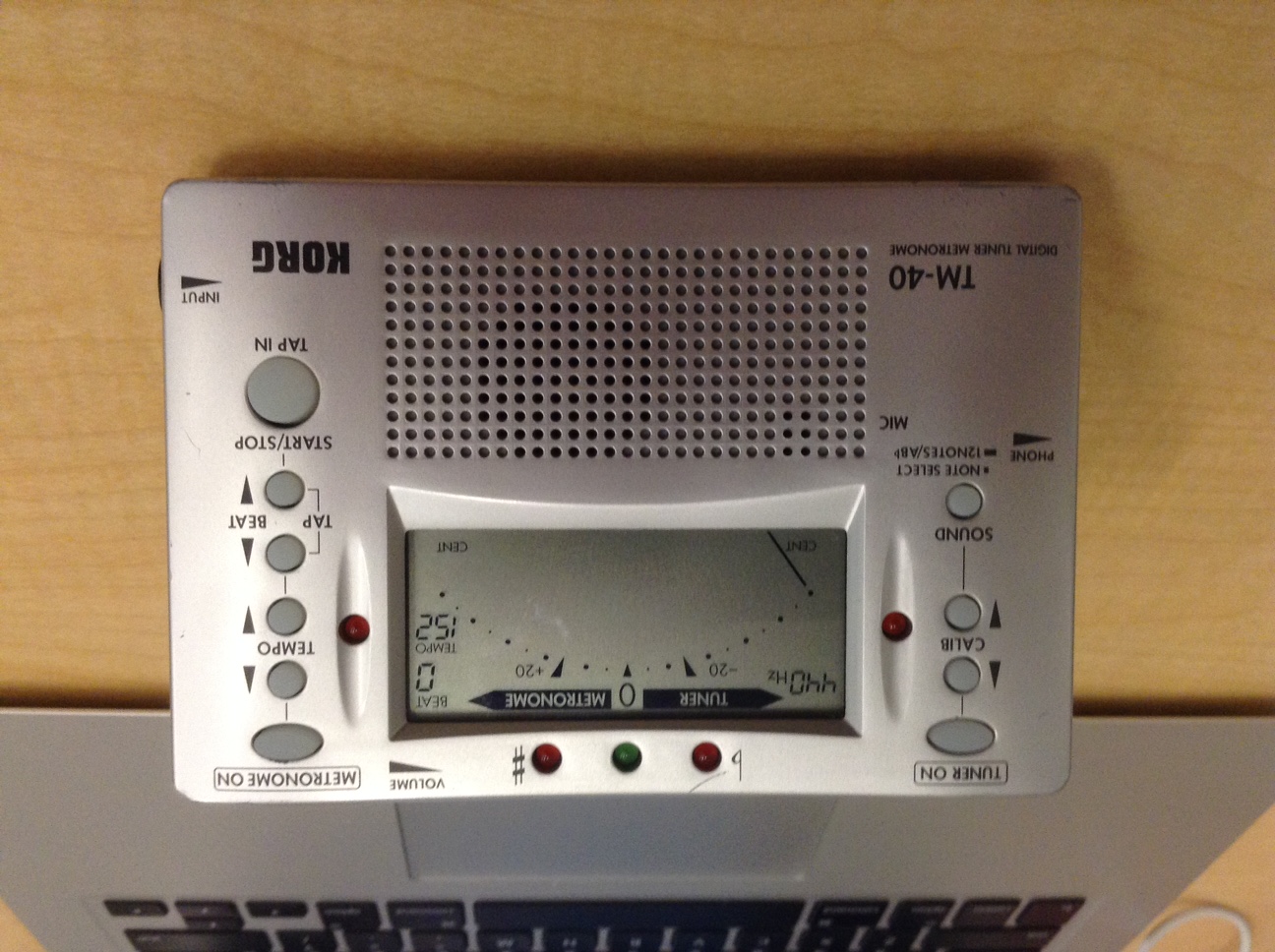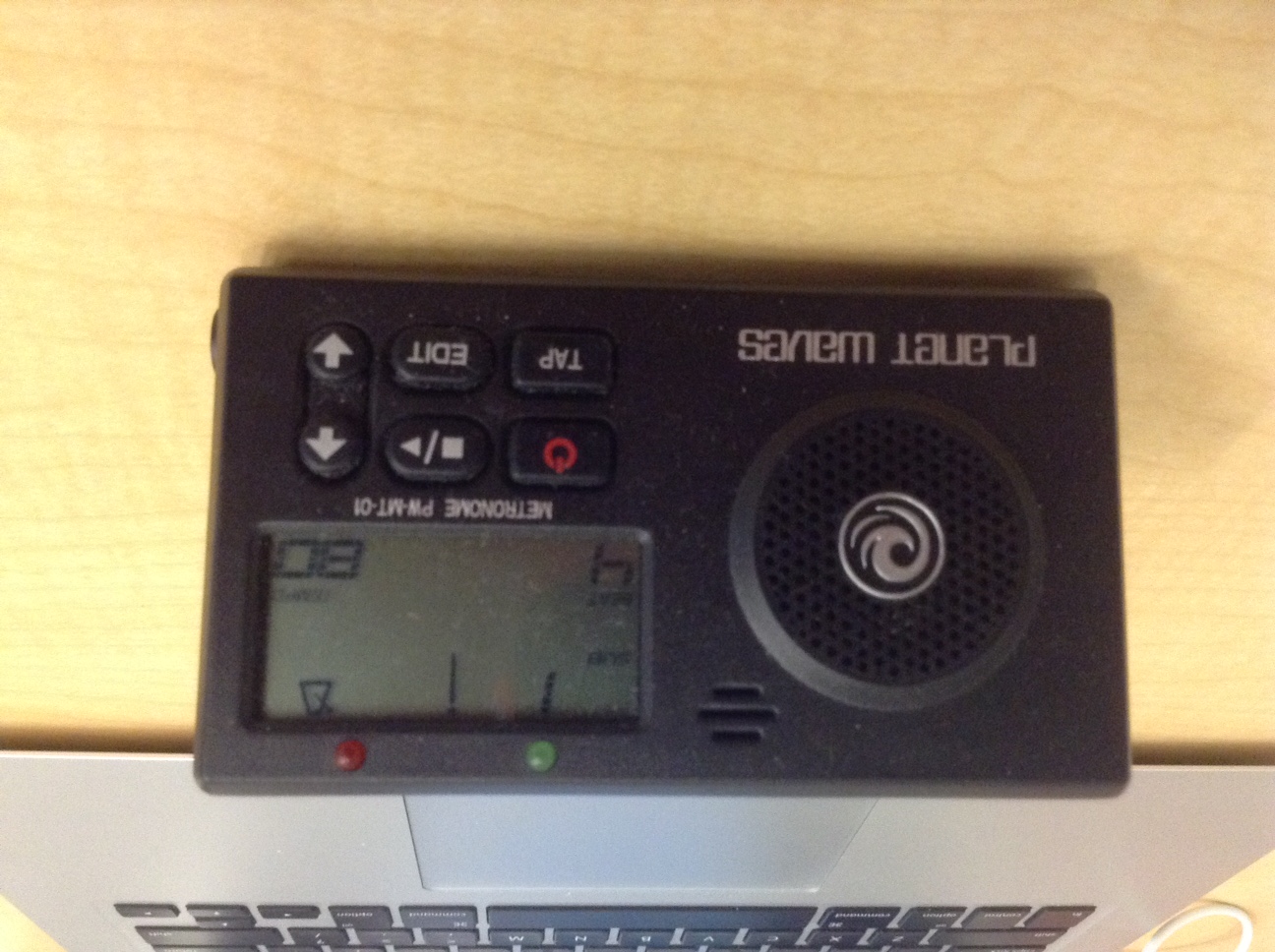Real Book (sixth edition) Errata
/I've been working on some tunes out of the Bb version of the Real Book, sixth edition, published by Hal Leonard. Though the book claims that "all of the notorious errors have been fixed," don't expect it to be completely accurate. It's frustrating to find errors the first time you read through a tune (or worse, to learn a mistake for a tune you work on), so to that end, I'm planning on compiling the errors I find here as I find them. You're welcome to submit errors to me and I'll post them here.
Bb Edition
Donna Lee – measure 29 should have a written Eb instead of E natural for the first note
Four – measure 11 should have a written Bb instead of B natural
Nica's Dream – Chords in the B section have several errors. B5 and B9 should have F-7. B6 and B10 should be just Bb7. I haven't heard a recording with dominant seventh chords and the extra two beats of F-7--instead I hear a regular ii-V that resolves either to I (the second and fourth lines) or to iii (a neat deceptive resolution).
All Editions
Jordu - bar 3 of the B section has the wrong rhythm. Beats 3 and 4 should be a dotted quarter and an eighth note instead of two quarters.
Take Five - missing chords in the B section. The first three bars are each missing the second chord, which in order should be Ab-6, Eb-7, and Cb7. The same omission occurs in bars 5-7 of the B section as well. Also, the final chord of the B section should be Bb7 instead of Bb-7.
Some Day My Prince Will Come - Bar 7 should be a minor 7 instead of a dominant 7 chord. [It's what is played on the Miles Davis recording as well as the original in Snow White. I found other lead sheets with the same error...perhaps someone has played it that way, but I don't think it sounds good. The ii chord in the key of Bb should be minor, and this tune stays pretty solidly in Bb.]
(last updated 7/11/15)









